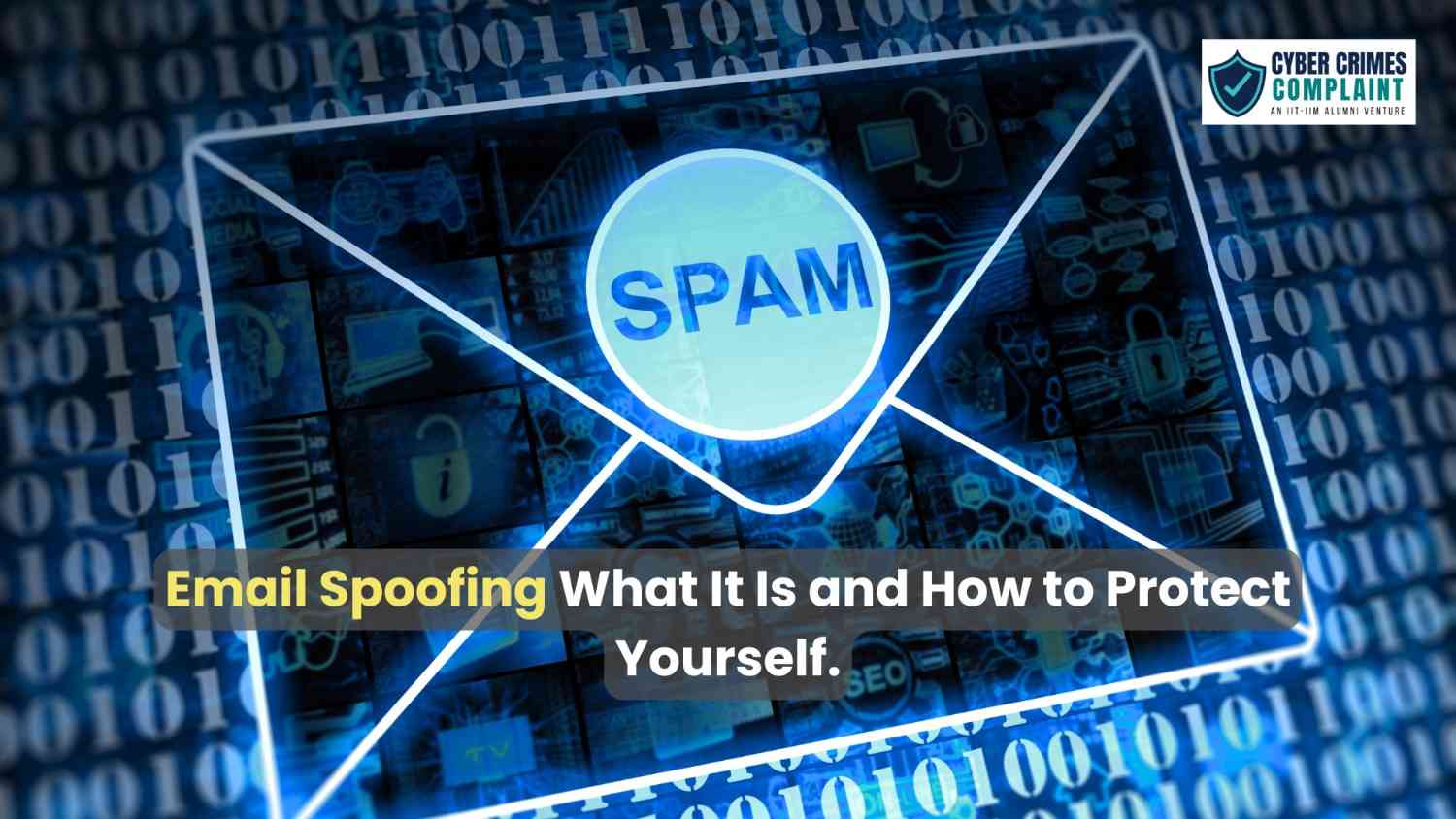· Online security · 5 min read
Email Spoofing: What It Is and How to Protect Yourself
Understanding email spoofing is crucial for your online safety. Learn what email spoofing is, how to identify suspicious messages, and implement protection measures against this deceptive tactic.

In today’s digital landscape, email spoofing remains one of the most common techniques used by cybercriminals to deceive recipients and potentially compromise sensitive information. Understanding this threat and implementing proper security measures is essential for both individuals and organizations.
What Is Email Spoofing?
Email spoofing is a technique used by malicious actors to forge email headers, making messages appear as if they originated from someone other than the actual sender. By manipulating the “From” field, attackers can impersonate trusted individuals or organizations—such as colleagues, financial institutions, or government agencies—to gain the recipient’s trust and execute various scams.
How Email Spoofing Works
At its core, email spoofing exploits a fundamental flaw in the Simple Mail Transfer Protocol (SMTP), the standard protocol used for sending emails. SMTP was designed in the early days of the internet without built-in authentication mechanisms, allowing senders to easily falsify header information.
The spoofing process typically works as follows:
The attacker configures their email client or uses specialized software to change the “From” address
They craft a convincing message that appears to come from a legitimate source
When sent, the receiving mail server has limited means to verify the true origin of the message
The recipient sees the spoofed address in their inbox, believing it to be authentic
Common Email Spoofing Attack Scenarios
Phishing Attacks
The most prevalent use of email spoofing is in phishing campaigns. Attackers impersonate trusted entities to trick recipients into:
Clicking malicious links that lead to fake websites designed to steal credentials
Downloading malware-infected attachments
Sharing sensitive personal or financial information
Making payments to fraudulent accounts
Business Email Compromise (BEC)
In BEC attacks, cybercriminals spoof executive email addresses to target employees with financial authority. These sophisticated schemes often involve:
Urgent requests for wire transfers to new vendor accounts
Changes to payment information for legitimate vendors
Requests for sensitive employee information like W-2 forms
Social Engineering
Spoofed emails may be used as part of broader social engineering campaigns, building trust over time before executing the actual scam. These attacks often combine multiple communication channels and exploit psychological triggers like urgency or authority.
How to Identify Spoofed Emails
While spoofed emails can be convincing, several red flags may help you identify them:
Mismatched email addresses: Hover over the sender’s name to reveal the actual email address, which may differ from the displayed name
Unusual requests or tone: Be wary of messages with urgent payment requests or those using uncharacteristic language
Grammar and spelling errors: Professional organizations typically proofread their communications
Generic greetings: Legitimate organizations usually address you by name
Suspicious links: Hover over links to preview the URL before clicking
Requests for sensitive information: Legitimate organizations rarely request passwords or financial details via email
Technical Solutions to Prevent Email Spoofing
Several authentication protocols have been developed to combat email spoofing:
SPF (Sender Policy Framework)
SPF allows domain owners to specify which mail servers are authorized to send emails on behalf of their domain. When properly implemented, receiving mail servers can verify if an email claiming to be from a specific domain actually originated from an authorized server.
DKIM (DomainKeys Identified Mail)
DKIM adds a digital signature to outgoing emails, allowing receiving servers to verify that the message was indeed sent by the domain it claims to be from and hasn’t been altered in transit.
DMARC (Domain-based Message Authentication, Reporting, and Conformance)
DMARC builds upon SPF and DKIM by allowing domain owners to publish policies on how receiving mail servers should handle messages that fail authentication checks. It also provides reporting mechanisms for better visibility into potential spoofing attempts.
How to Protect Yourself from Email Spoofing
For Individuals
Enable spam filters: Most email providers offer robust spam filtering that can catch many spoofed emails
Verify sender identity: For important messages, verify the sender through an alternative communication channel before taking action
Use email encryption: Consider encrypted email services for sensitive communications
Enable multi-factor authentication: This prevents attackers from accessing your accounts even if they obtain your password
Be skeptical of unexpected emails: Especially those creating urgency or requesting sensitive information
For Organizations
Implement email authentication protocols: Configure SPF, DKIM, and DMARC records for your domains
Train employees: Regular security awareness training helps staff identify and report suspicious emails
Establish verification procedures: Create protocols for approving financial transactions or sharing sensitive information
Deploy advanced email security solutions: Consider specialized tools that use AI and machine learning to detect sophisticated spoofing attempts
Regular security assessments: Conduct penetration testing to identify vulnerabilities in your email infrastructure
What to Do If You Receive a Spoofed Email
If you suspect you’ve received a spoofed email:
Don’t click any links or download attachments
Report the email to your IT department or email provider
Delete the email from your inbox
If you’ve already interacted with the email, change affected passwords immediately
Monitor your accounts for suspicious activity
Conclusion
Email spoofing continues to be an effective technique for cybercriminals due to the inherent trust many people place in email communications. By understanding how spoofing works, recognizing warning signs, and implementing proper security measures, you can significantly reduce your risk of falling victim to these attacks.
Remember that vigilance is your best defense. When in doubt about an email’s legitimacy, always verify through alternative channels before taking any requested action.


